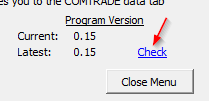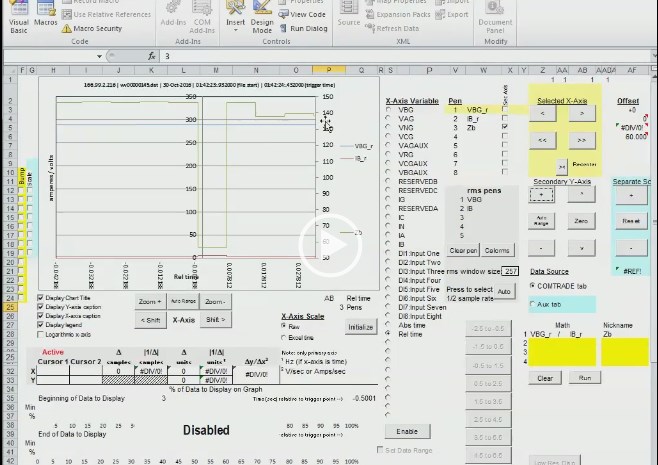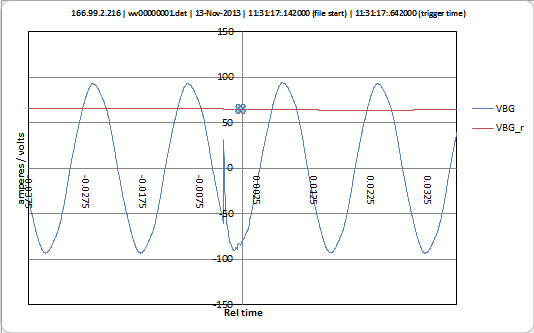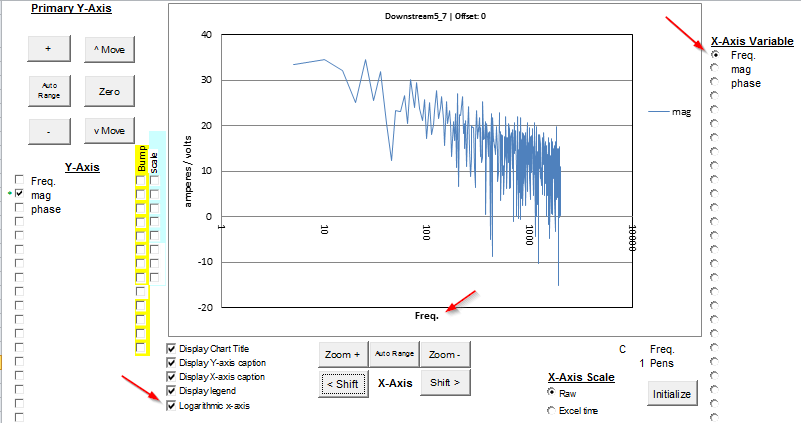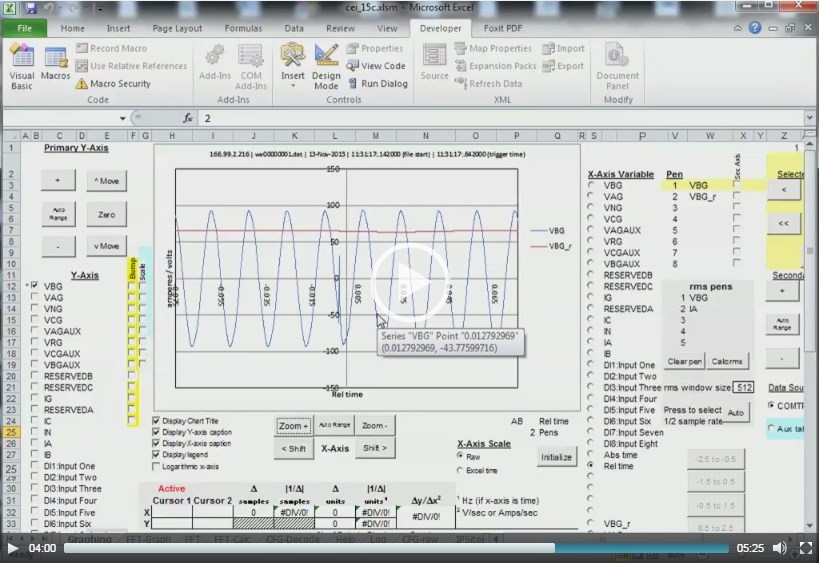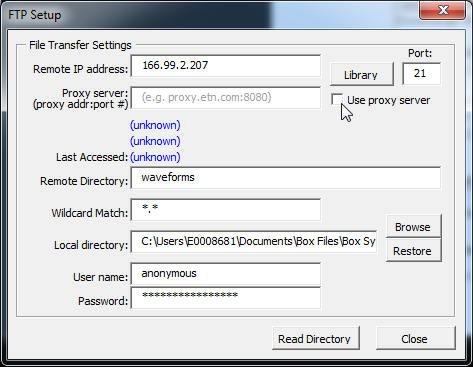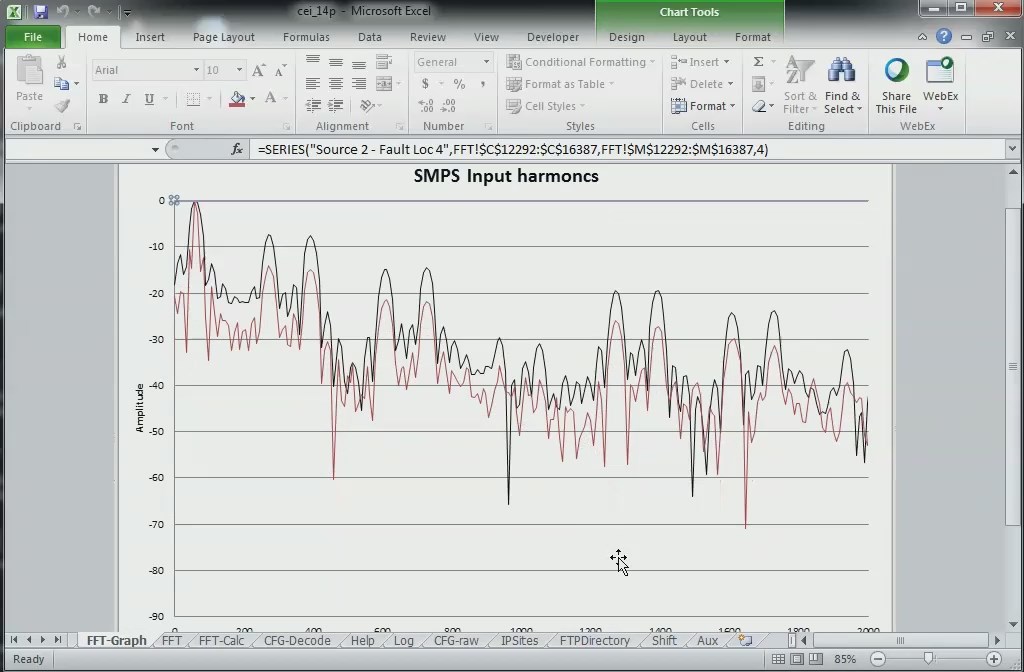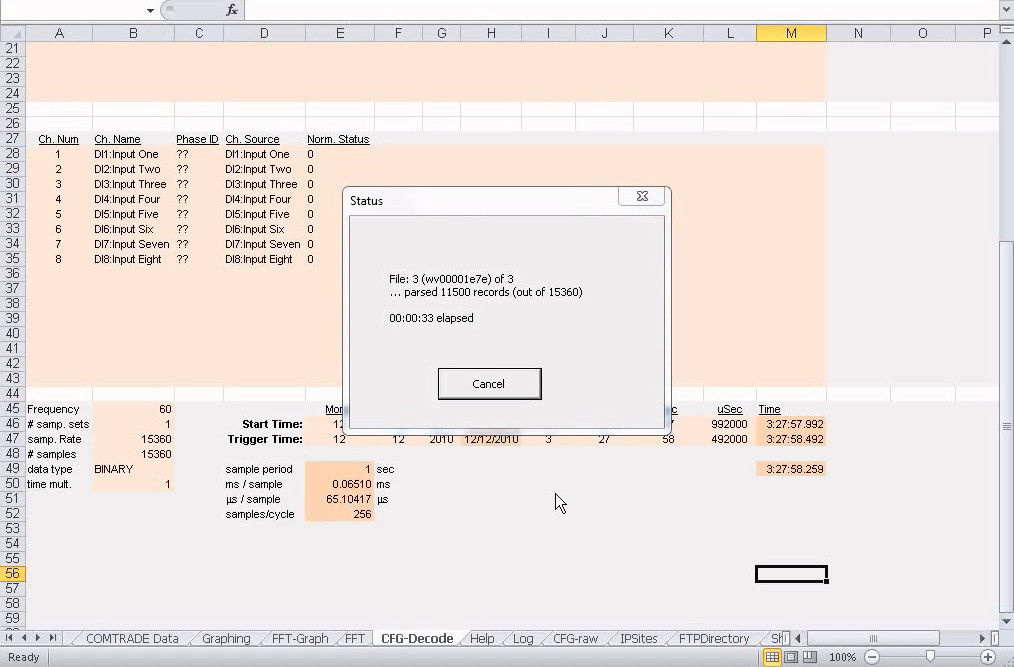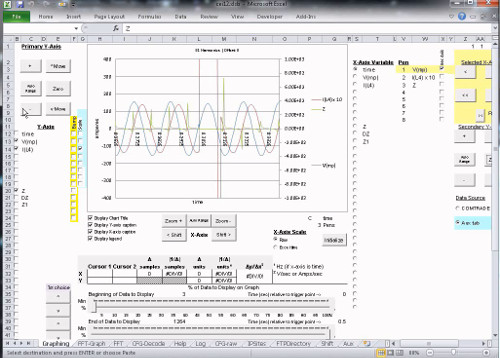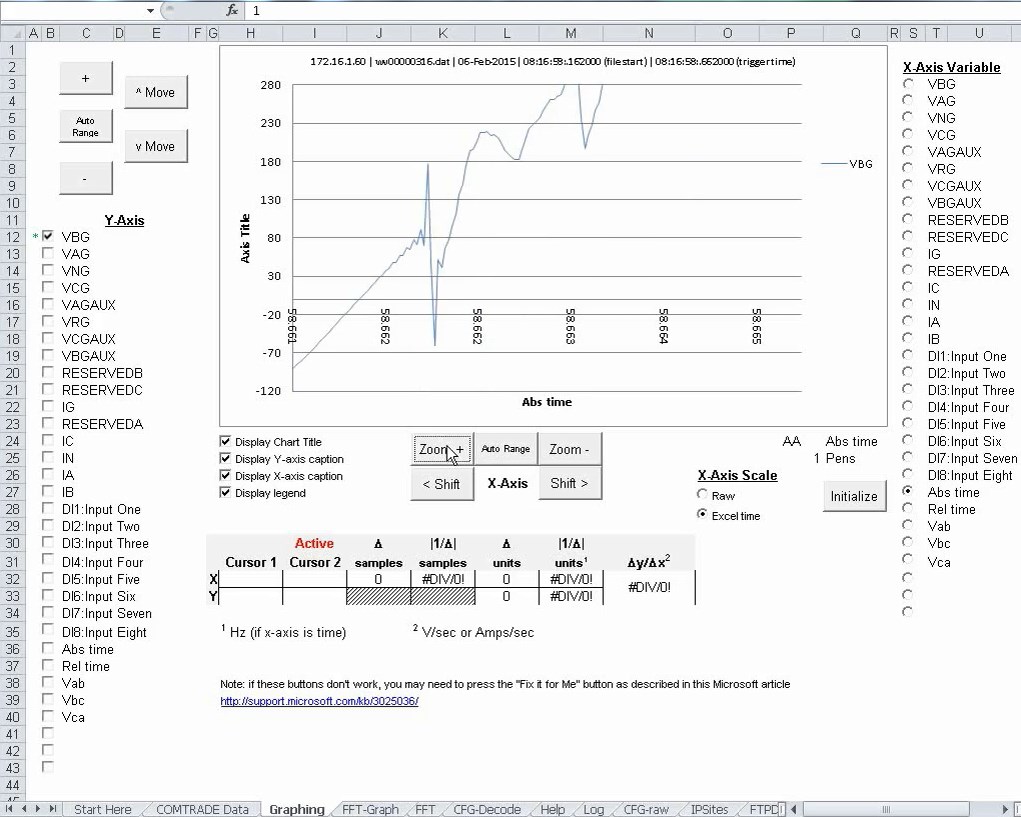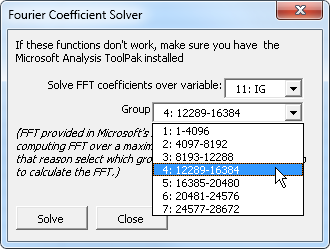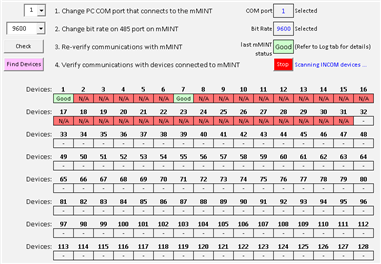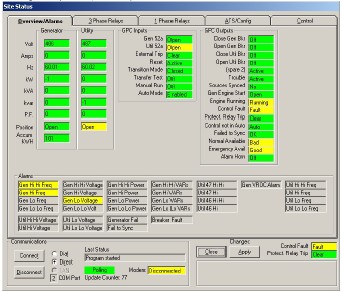If you haven't seen this link already, wanted everyone to know that I've scanned several of the old paper manuals, technical documents and even some of my application notes and programs and put them at http://pps2.com/communications/799.php.
The information includes:
This product family was discontinued back in the days before PDF's (some of this information dates back to the late 1970's). If anyone knows about manuals or technical documentation that you'd like to share, let me know and I'll get it posted.
The information includes:
- Numa Logic Communication Overview
Includes information on 6-byte protocol, Westnet II Data Highway RS-232 Asynchronous protocol, HPPC asynchronous advanced program loader (APL) protocol, PC1100/1200 Local Area Network protocol, PC500/502/503 and PC2000 (Siemens S5-100 and S5-115 PLCs, respectively rebranded to Westinghouse), as well as program loader port protocols. All this information is stored in two documents:
Numa-Logic Communication Overview (3.2 MB, 81 pages, scanned)
Numa-Logic Communication Appendix (2 MB, 69 pages, scanned) - NCMZ-1799 manual (also good for NCMZ-799)
- Numa-Logic PC100 / PC110 Programmable Controllers Operations and Programming Manual
- PC100 and PC110 Installation, Operation and Programming Manual
- NCMZ-798 hardware manual (preliminary 888 kB, 19 pages, scanned)
- NCMZ-798 BASIC Interpreter Optional Firmware (preliminary 661 kB, 40 pages, scanned)
- NCMZ-798 1100 LAN Optional Firmware (preliminary 1.3 MB, 44 pages, scanned)
- NCMZ-798-11 Alarm Text Optional Firmware (preliminary 310 kB, 18 pages, scanned)
- NCMZ-798-61 Radial Comm Optional Firmware (preliminary 466 kB, 16 pages, scanned)
- NCMZ-798-91 Modbus Slave Optional Firmware (preliminary 356 kB, 11 pages, scanned)
- Numa-Logic NL-300 (NL 3xx) Hardwired Card Logic Instructions, Wiring and Operations Manual
- Numa-Logic PC700 / PC900 / PC1100 Advanced Program Loader Manual
- Numa-Logic PC700/900/1100/1200/1250 Program Loader Manual (preliminary 19.9 MB, 84 pages, scanned)
- Numa-Logic PC1100 / PC1200 / PC1250 Programmable Controllers
- Programming Software for Numa-Logic PC 700, 900, 1100, 1200 and 1250 Programmable Controllers
- NLSW-784 Programming Software
- Numa-Logic HPPC 1500 / HPPC1700 / (a.k.a. the "Hippo")
This product family was discontinued back in the days before PDF's (some of this information dates back to the late 1970's). If anyone knows about manuals or technical documentation that you'd like to share, let me know and I'll get it posted.

